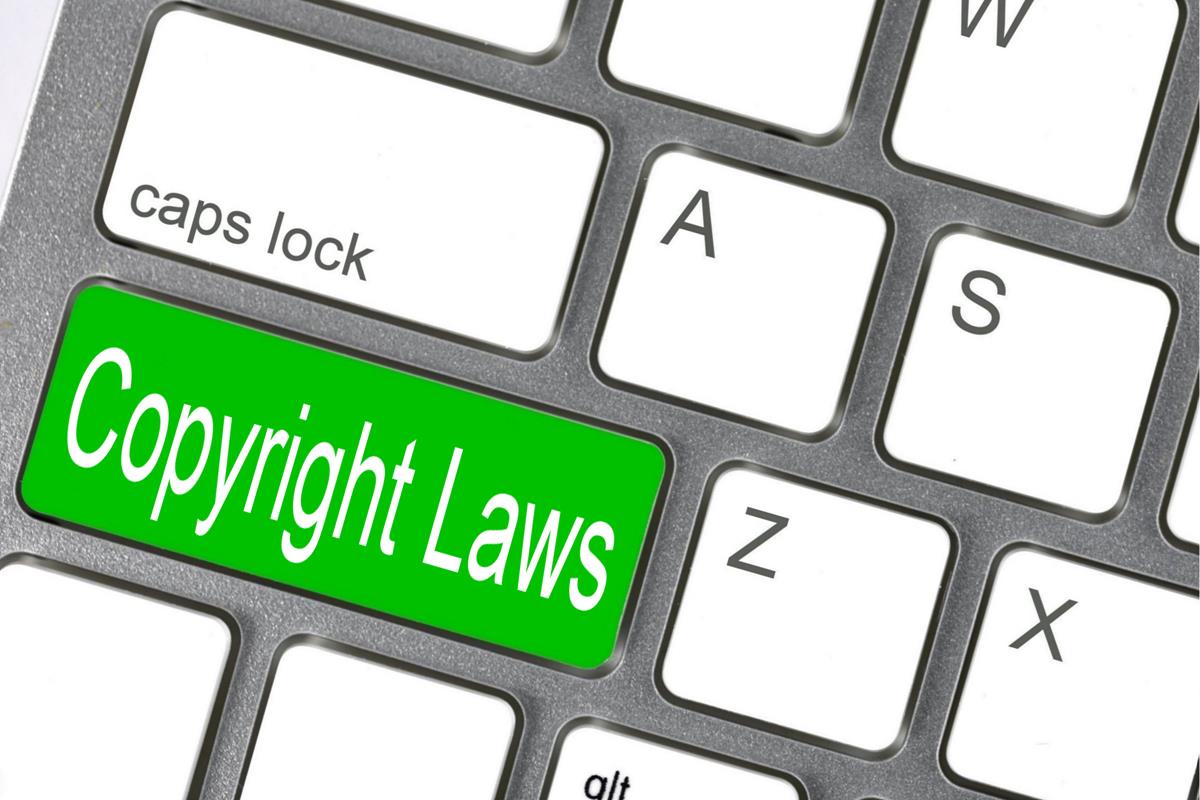



Without some information about how copyright works, OER is even more confusing. This brief explanation of copyright law in the United States will give you the necessary background.
 Copyright is a form of intellectual property that grants the creator of an original work the exclusive right to the use of the work. Article 1, Section 8, Clause 8 of the Constitution of the United States gives Congress the power “to promote the progress of science and useful arts, by securing for limited times to authors and inventors the exclusive right to their respective writings and discoveries.”
Copyright is a form of intellectual property that grants the creator of an original work the exclusive right to the use of the work. Article 1, Section 8, Clause 8 of the Constitution of the United States gives Congress the power “to promote the progress of science and useful arts, by securing for limited times to authors and inventors the exclusive right to their respective writings and discoveries.”
The U.S. Constitution's brief mention of copyright focuses on the utilitarian purpose of copyright as listed below but through history the additional purpose of an author's right to "own" and "control" their creative works. Below are the two rationales explained:
Utilitarian: This rationale focuses on the time and effort creators put into their works. Creators need to be compensated in some way for their time and effort and if they are not compensated they may not be able to continue with their artist works.
Intellectual property is different than physical property as it is a creation of the mind. Copyright is only one form of intellectual property, others include:
In the United States the basic requirement for a copyrighted work is that it can be fixed in some type of tangible form. Basically, you must be able to make a copy of it. A story made up by a mother at bedtime is not copyrightable as it exists only while the story is actively being told. However, if that story is recorded or written down those copies of the story would be protected by copyright.
Facts and discoveries, on the other hand, cannot be copyrighted. Isaac Newton is credited with the discovery of gravity but prior to his discovery, gravity existed, only it did not have a name. Nonfiction works, such as textbooks can be confusing as they focus on facts, which are not copyrightable but the expression of those facts and the organization of the information is covered by copyright.
| Copyrightable | Can Not Be Copyrighted |
|---|---|
| Literary Works | Ideas |
| Dramatic works, with music | Concepts |
| Pantomimes, choreography | Systems |
| Musical works, with words | Facts |
| Motion pictures and other AV works | Discoveries |
| Sound Recordings | Processes |
| Pictorial, graphic, sculptural works | Procedures |

Once a work is put in a tangible form, it is automatically protected by copyright and there is no need to register the work. However, if a creator needs to enforce their rights, they must first register their work. This can be done through the United States Copyright Office.
"Copyright Laws" by Nick Youngson is licensed under CC BY-SA 3.0 Alpha Stock Images
The first copyright laws in the U.S. protected works for 14 years with an option to renew the copyright for an additional 14 years. This has steady increased to our current copyright which lasts the life of the author plus 70 years and in the case of corporate authorship, 95 years after publication or 120 years after creation, whichever expires first.
 Public Domain
Public DomainThe public domain consists of works that are not protected by copyright and anyone is allowed to use the work without permission. Works are included in the public domain for the following reasons:
"Public Domain logo" by annarres is licensed by CC0
Some exceptions or limitations of exclusive rights are made for the educational use of copyrighted material but they run from very specific with clear guidelines on what is considered an educational exception (such as the TEACH Act) to Fair Use which is a legal defense that can be used when someone is being sued for copyright infringement.
For more information on copyright visit the United States Copyright Office.
"Copyright Information" is a derivative of the September 2020 Creative Commons Certificate Course by Creative Commons, licensed CC BY 4.0. Kelly Kornkven adapted content from the Creative Commons Certificate Course Unit 2 on the Copyright Law, by summarizing main points, adding additional CC licensed graphics and additional information on copyright limitations regarding U.S. Copyright Law.
